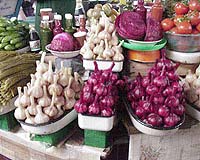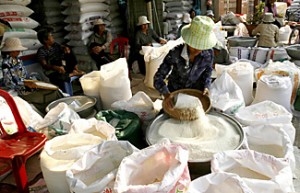
Graphic highlighting facts on the 10-member states of the ASEAN national grouping
HUA HIN, Thailand — Asian leaders will pledge to overcome their differences and push towards the formation of an EU-style community as they wrap up an annual summit in Thailand on Sunday.
Human rights issues, border disputes and signs of apathy over a meeting that was twice delayed by protests have at times marred the gathering of leaders from a region that contains more than half the world’s population.
But plans to increase the region’s global clout by building closer ties eventually dominated the three-day meeting of Southeast Asian nations along with China, Japan, South Korea, India, Australia and New Zealand.
Heads of state at the Thai beach resort of Hua Hin will sign a raft of agreements Sunday on boosting economic and political integration and cooperating on subjects including climate change and disaster management.
Japan’s proposal for a so-called East Asian community will be up for further discussion, after Japanese Prime Minister Yukio Hatoyama said the region should “have the aspiration that East Asia is going to lead the world.”
The 10-member Association of Southeast Asian Nations (ASEAN) is also set to restate its commitment to create its own political and economic community by 2015.




